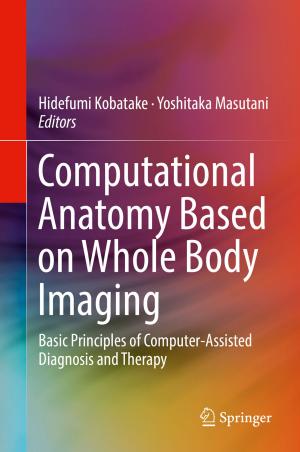Intelligent Nanosystems for Energy, Information and Biological Technologies
Nonfiction, Science & Nature, Science, Other Sciences, Nanostructures, Technology, Nanotechnology| Author: | ISBN: | 9784431564294 | |
| Publisher: | Springer Japan | Publication: | September 17, 2016 |
| Imprint: | Springer | Language: | English |
| Author: | |
| ISBN: | 9784431564294 |
| Publisher: | Springer Japan |
| Publication: | September 17, 2016 |
| Imprint: | Springer |
| Language: | English |
This book gives a state-of-the-art view by recognized researchers of the nanotechnologies required for future integrated systems leading to innovations in energy, the environment, and biotechnologies. Nanostructures that would be difficult to form using the current semiconductor technology will be realized using a combination of bottom-up and top-down processes, including hybrid nanostructures made of inorganic and organic/biological materials. Bio-sensing, imaging, and cell or molecular manipulation are discussed in Chapters 2–7. The acquisition of basic knowledge on the cellular level will lead to curing serious diseases. Also, nanofabrication technologies, discussed in Chapters 8–15, will lead to next-generation solar cells, secondary batteries, and advanced electronic circuits using nanostructured materials, thus providing solutions for serious energy and environment issues. Prospective readers of this book include graduate students as well as researchers and engineers working in this field.
This book gives a state-of-the-art view by recognized researchers of the nanotechnologies required for future integrated systems leading to innovations in energy, the environment, and biotechnologies. Nanostructures that would be difficult to form using the current semiconductor technology will be realized using a combination of bottom-up and top-down processes, including hybrid nanostructures made of inorganic and organic/biological materials. Bio-sensing, imaging, and cell or molecular manipulation are discussed in Chapters 2–7. The acquisition of basic knowledge on the cellular level will lead to curing serious diseases. Also, nanofabrication technologies, discussed in Chapters 8–15, will lead to next-generation solar cells, secondary batteries, and advanced electronic circuits using nanostructured materials, thus providing solutions for serious energy and environment issues. Prospective readers of this book include graduate students as well as researchers and engineers working in this field.















